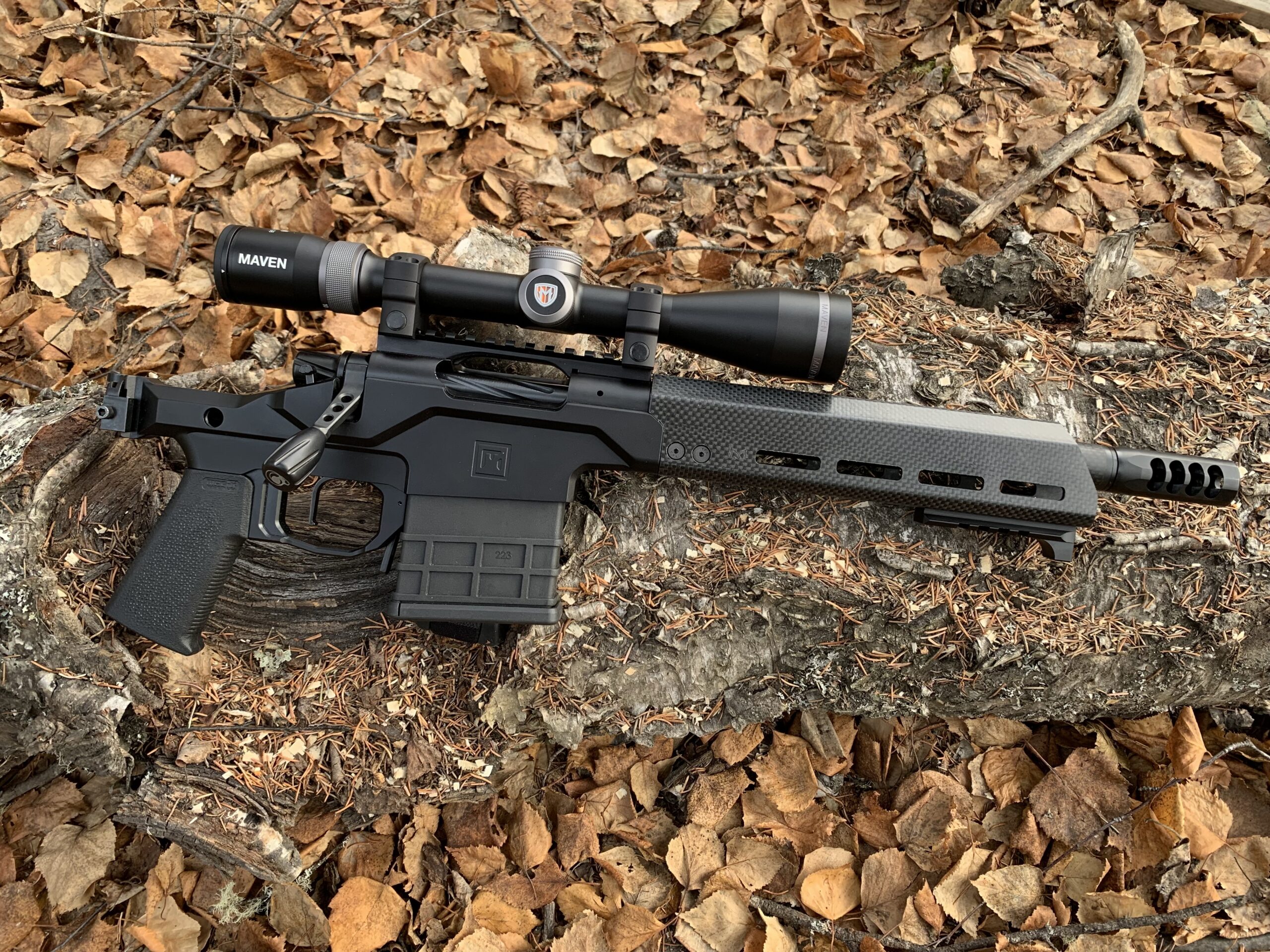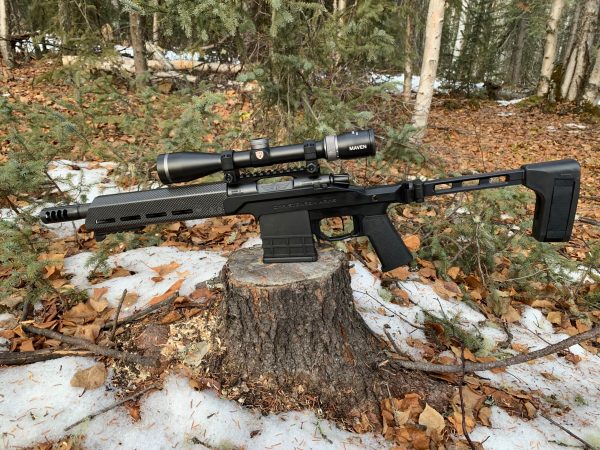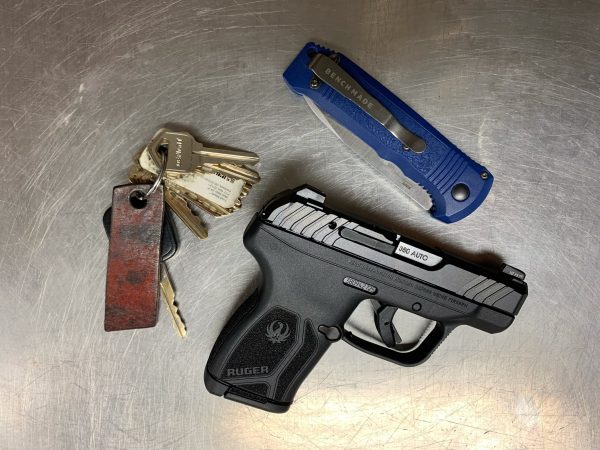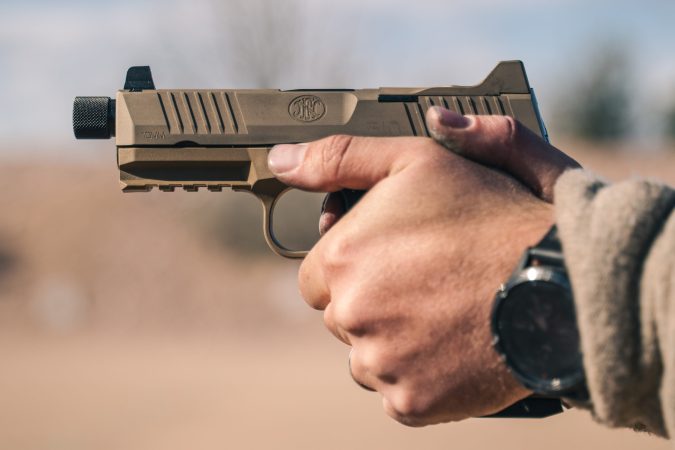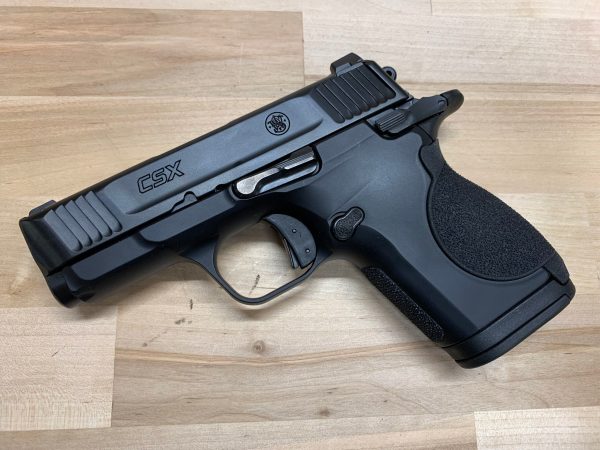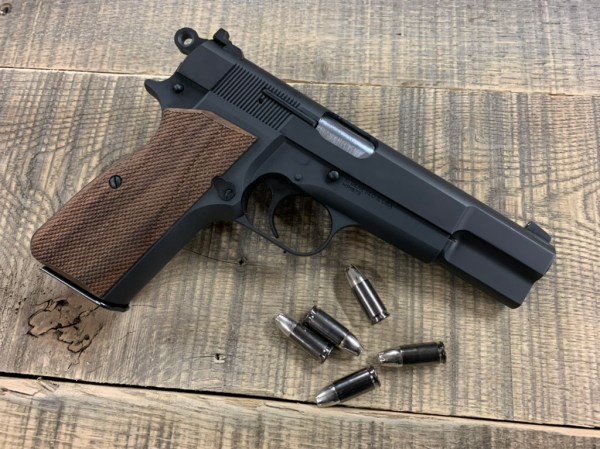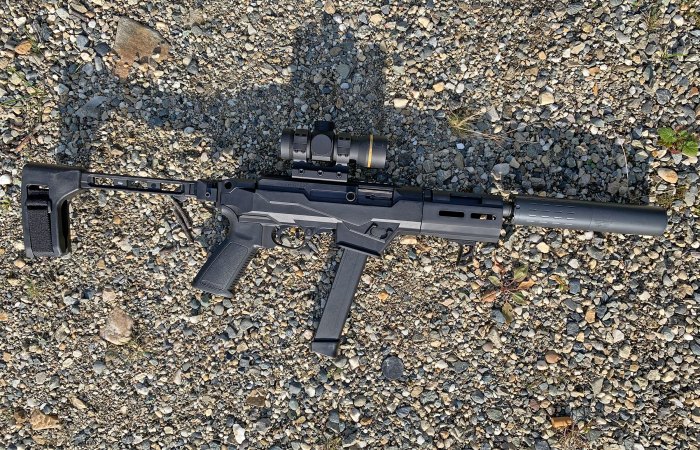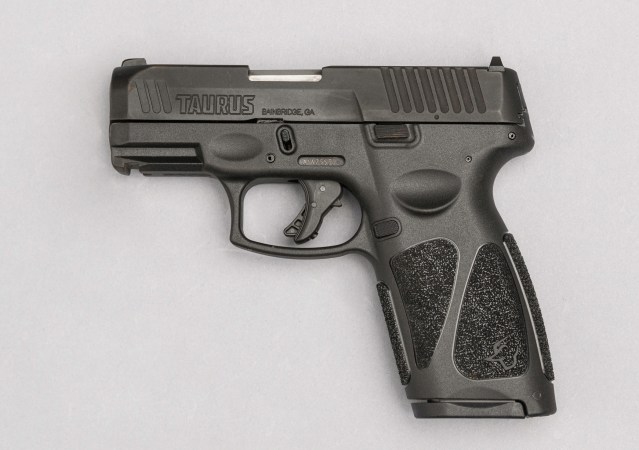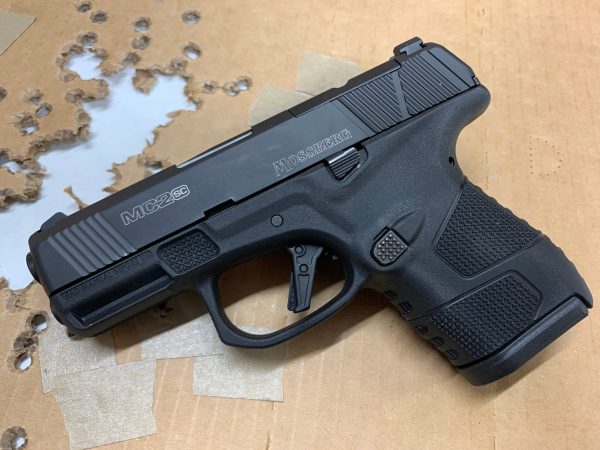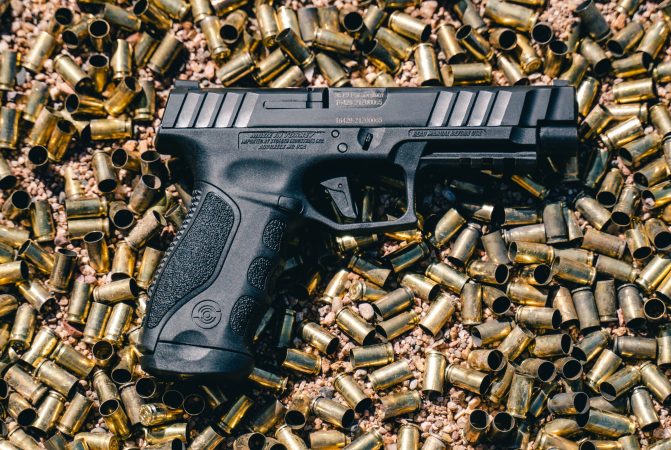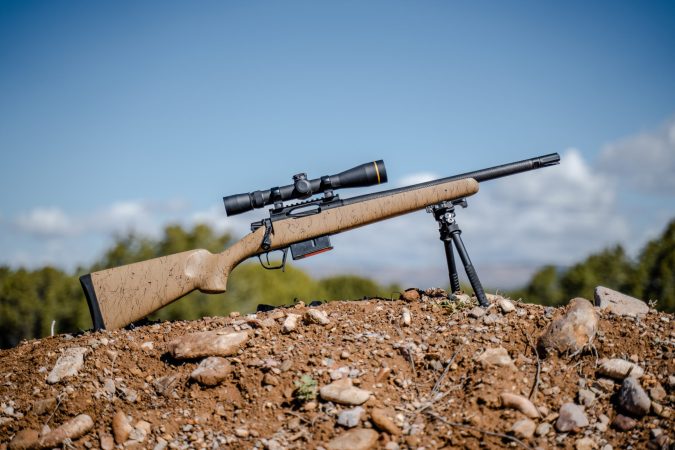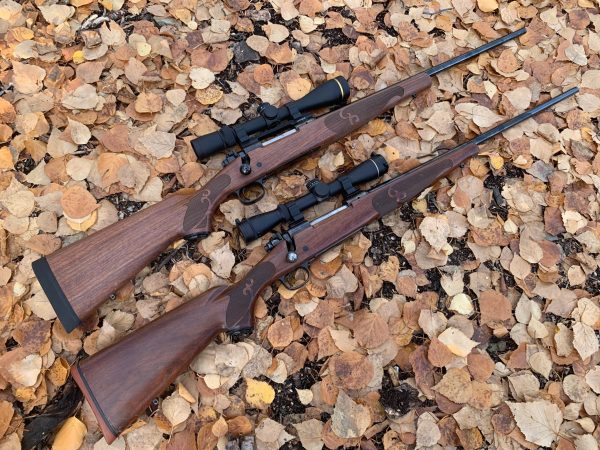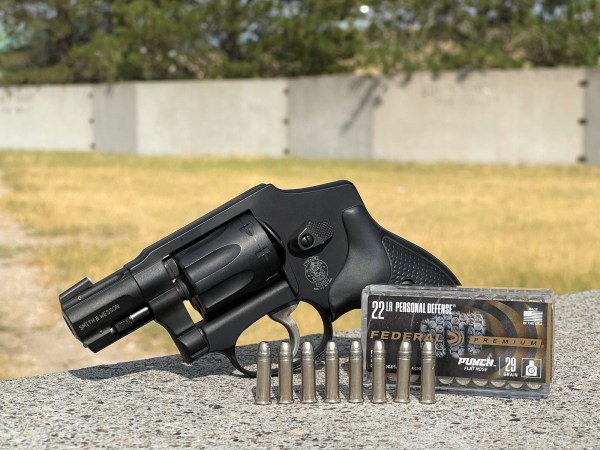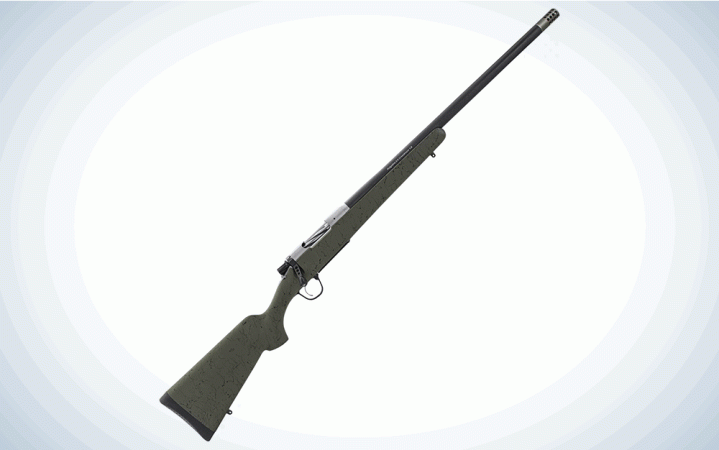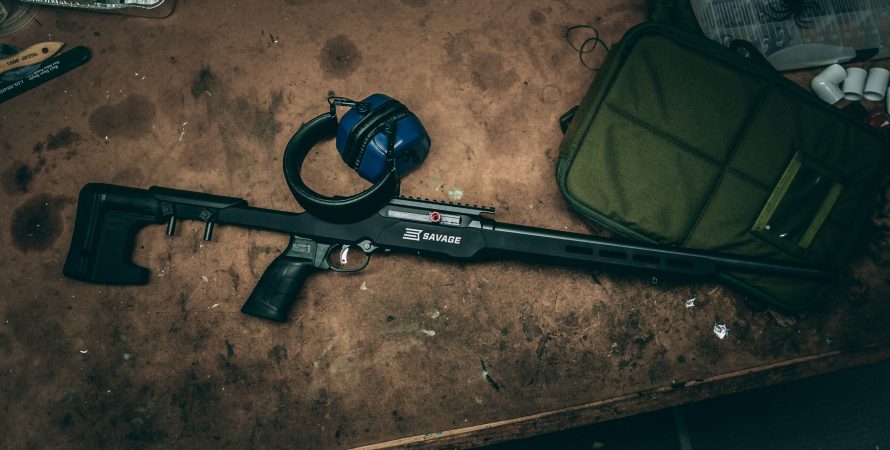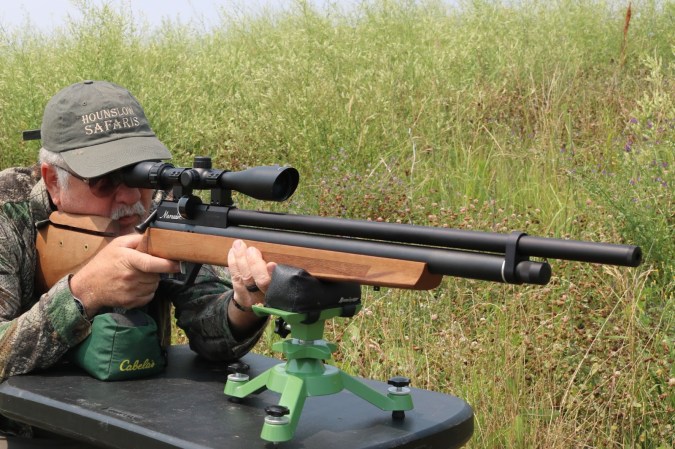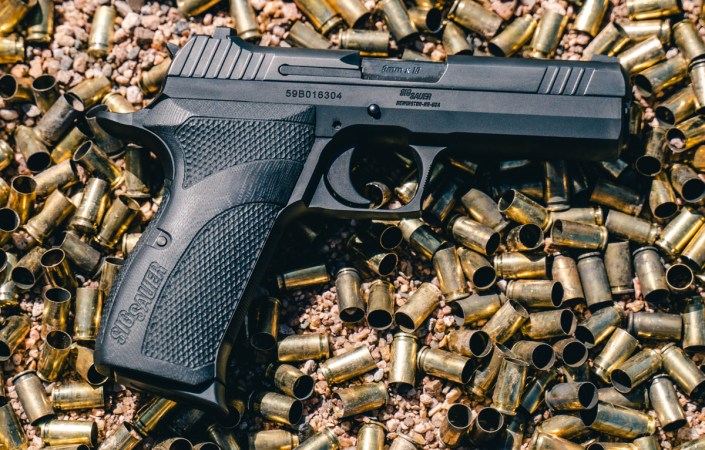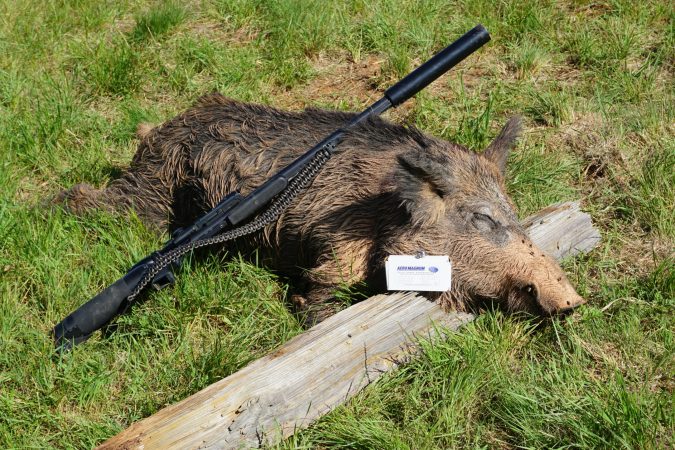We may earn revenue from the products available on this page and participate in affiliate programs. Learn More ›
Within the past few years, the “braced pistol” has exploded in popularity as an entire subcategory of firearms. So it isn’t surprising to see the arrival of the Christensen Arms MPP. These pistols use stabilizing braces in lieu of traditional stocks to avoid being designated “short-barreled rifles” by the ATF. This allows purchasers to avoid the additional paperwork, long wait times, and extra expenses associated with SBRs.
Braced pistols already fill several practical niches as truck guns and home defense firearms, and the Modern Precision Pistol from Christensen Arms further expands that versatility. Based on their Modern Precision Rifle platform, the MPP is a compact, lightweight, and accurate bolt action. Years ago, I would have bent over backward to get this gun for calling coyotes in the foothills and rolling sage brush of southern Colorado.
Christensen Arms MPP Specs and Features
- Christensen Arms 7075 billet aluminum pistol chassis
- V-Block bedding
- Enlarged ejection port and improved bolt release.
- 0-MOA optics mounting rail
- Triggertech trigger with flat shoe
- AICS mags
- Extended magazine release
- Christensen Arms 416R Stainless Steel, Aerograde carbon fiber wrapped barrel
- Match chamber
- Threaded muzzle with adjustable brake
- Carbon fiber free-float M-LOK handguard
- Starting at 4.4 pounds
- .223 Rem., .300 BLK, 6.5 Creedmoor, .308 Win.
Overview
The MPP is available in four different caliber offerings, with slightly varying barrel lengths. I tested one in .223 Remington that has a 1:7 inch twist, 10.5-inch barrel. The build and chassis are very similar to that of the MPR, including the ambidextrous QD sling mounts towards the rear, but the rear of the MPP chassis features a 1913 Picatinny rail to facilitate mounting a pistol brace. The chassis uses AICS pattern magazines and will accept any standard AR grip but ships with a Magpul grip. The MPP also comes with a SB Tactical FS1913A folding brace.
The Christensen receiver includes a zero MOA Picatinny rail mount installed but accepts any Remington model 700 pattern scope bases or mounts. The action features a spiral-cut bolt, slightly over-sized bolt knob, and skeletonized bolt handle. The rectangular carbon fiber float tube is simple and light, but modular and effective. It includes a Picatinny rail/barrier stop on the bottom, and additional M-LOK slots on the sides and bottom.
Ergonomics and Performance
The MPP is very handy and comfortable to maneuver. The folding brace creates a compact package that’s easy to store and transport. Despite its minimalistic profile, the brace is stable and comfortable to shoot from the shoulder. Part of the appeal of the Christensen Arms MPP is its light weight, so for an optic I chose the Maven RS.2 2-10x38mm, which balances well with the MPP. Although precision is in the name, this isn’t a true long-range platform due to the short barrel length, so a medium-magnification optic that minimizes excess weight is ideal. All in with the scope, magazine, and brace, I weighed my MPP at 7 pounds 1 ounce. You could cut some weight with an even smaller riflescope like the Leupold VX-3HD 2.5-8x36mm and by replacing the heavy-duty rail with Talley one-piece ultralight rings.
At the range, my two biggest questions were: 1) How accurate is the platform? and 2) How much velocity loss would the 10.5-inch barrel have compared to something more standard for the caliber? I tested the rifle with three loads from Black Hills Ammunition with the following bullets: Hornady 50-grain V-Max, 62-grain Barnes TSX, and 69-grain Sierra Match King. I shot five groups of five with each at 100 yards.
| Bullet | Average Group | Smallest Group | Largest Group |
|---|---|---|---|
| 50-grain V-Max | 1.17 inches | .54 inches | 1.77 inches |
| 62-grain Barnes TSK | 1.62 inches | .98 inches | 2.14 inches |
| 69-grain Sierra MK | 2.02 inches | 1.23 inches | 2.54 inches |
Although the numbers have the 50-grain V-Max just edging out the other two, that load was more consistently accurate. Of the three groups that measured over an inch, all had a single flyer that ruined an otherwise impressive performance. I have no doubt that a handloader could squeeze even better accuracy out of the gun.
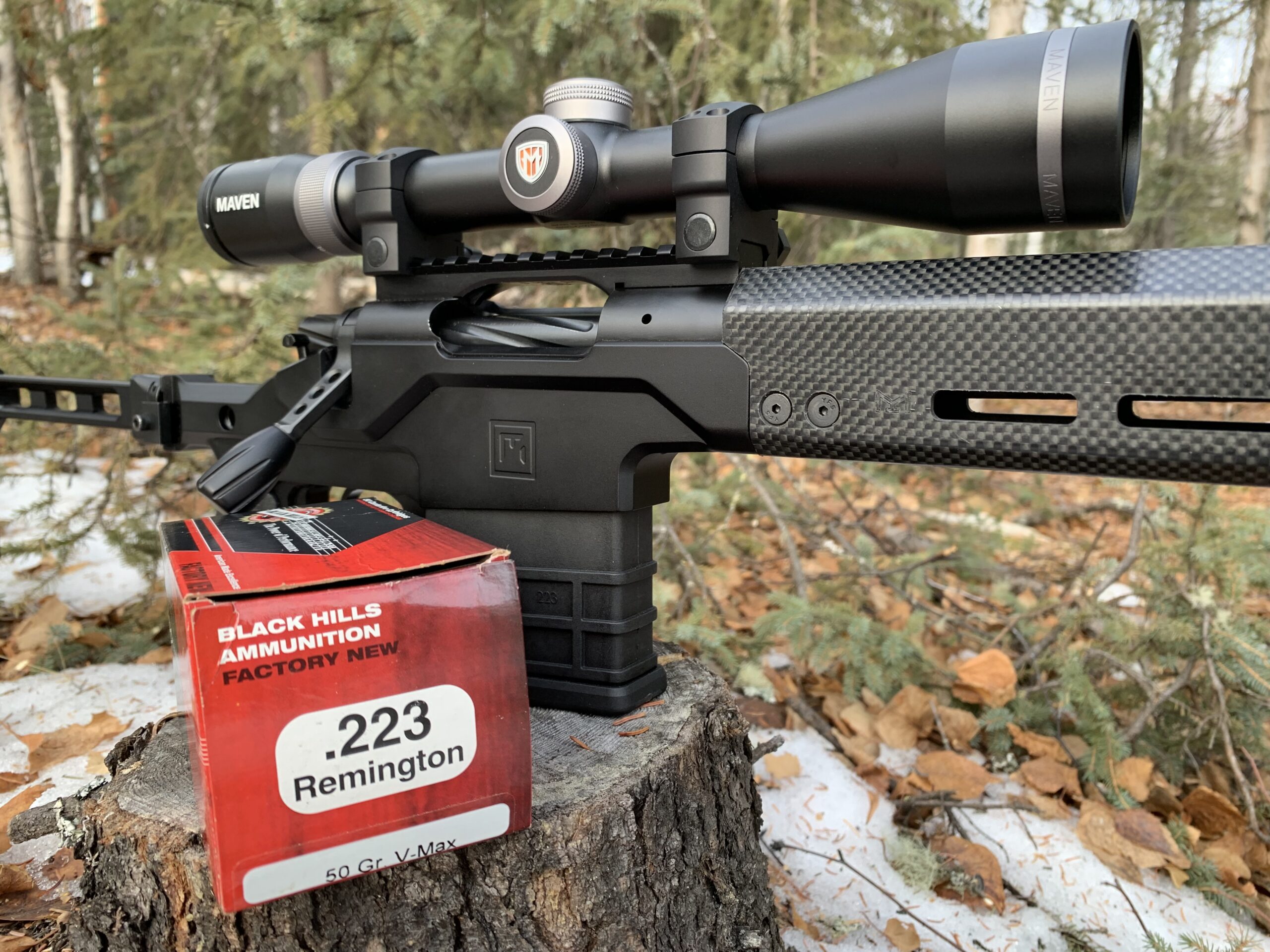
The handling and ergonomics of the MPP are comfortable and intuitive. It’s quick to deploy under field conditions, and because the MPP is compact and centrally balanced, it handles rapid positional transitions with ease. But because it has a brace, rather than a proper stock, and is so light, it isn’t as comfortable, accurate or forgiving as a true precision rig. The loss in velocity that you’ll experience is also a limiting factor when it comes to hunting and effective range. With the 50-grain V-Max load, I saw an average 459 fps velocity loss in the 10.5-inch MPP compared to my 20-inch AR service rifle barrel. The MPP average velocity was 2681 fps, which is more than adequate for coyotes within 300 yards.
The adjustable brake that ships on the MPP deadens recoil, but the muzzle blast from the short barrel is pretty abrasive. You’d never want to shoot it without muffs. Without question, this gun begs to be shot with a suppressor. Even suppressed, the MPP is still handy, maneuverable, lightweight, in addition to being ear-tolerable.
Read Next: M1 Garand: The Greatest Generation’s Service Rifle
Applications of the Christensen Arms MPP
Off the range, the handiness and accuracy of the MPP make it a great candidate for a ranch-type truck gun, shorter-range big-game rig, or in the case of the .223 I tested, a great companion for a predator caller who pounds a lot of boot leather. Using a bipod/tripod system like the kind Spartan Precision Equipment offers would allow you a great deal of stability in a streamlined and mobile package. It may not be ideal for someone who takes mostly long shots in open country, but for a hunter who does a lot of walking, and shoots mostly within 300 yards, the MPP will do about everything you need.

